The summer months are the ideal time to tackle some of the awaiting home improvements for most people. One of the benefits of DIY projects is the increased value of your property without additional labor costs, saving some extra cash.
While you might be excited about upgrading your home, you need to think about your safety and those around you. Many people seek emergency help following injuries associated with DIY projects each year. With such alarming information, it’s best to ensure that each home improvement project, whether big or small, ends well by practicing safety measures.
If you’re looking forward to doing some DIY projects to improve your home, here are some tips to promote safety:
1. Have A First Aid Kit
During any project, the first thing to consider having within your reach is a first aid kit. You might be practicing safety measures when doing your projects, but it’s better not to rule out the possibility of injuries. Whether you suffer minor injuries from hitting your fingers with a hammer or getting cut by a sharp object, the first thing to reach out for should be the first aid kit. Ensure that it’s easy to open and can be easily accessed.
2. Use The Right Tools For The Job
If you want your home improvements to end without injuries, use the right tools for the job. Invest in high-quality tools for the kind of project you’re working on. Before using any tool, you should first read the instruction manual, especially when working with sharp objects such as box cutters. Remember to inspect your tools for any damage and use a given tool only for the intended purpose.
3. Wear The Proper Attire
Your attire is crucial in determining whether your project will be safe or not. The right attire that can ensure safety during your home improvement project include:
- Safety Eyewear
While doing any project, eye safety is of much importance. Ensure you protect your eyes with all-purpose safety goggles that are fog and scratch-resistant.
- Gloves
High-quality gloves are important for protecting your hands from cuts or irritation caused by paints and other substances, as well as keeping your hands clean.
- Dust Masks
Ensure that you protect your eyes during the entire working time. You can make some savings by doing some do-it-yourself projects only to use more money treating respiratory diseases. To avoid dust from getting into your respiratory system or inhaling harmful chemicals, ensure that you put on the dust mask. Remember, you should have the mask on during the entire project.
- Steel Toe Work Boots
Steel toe work boots are crucial in protecting your toe. Ensure to avoid flip-flops or sandals at all costs.
- Earplugs
If you’re working with power tools or machinery, you should have your earplugs on to avoid loud sounds from affecting the ears.

4. Be Cautious Of Ladders
A fall from a ladder can be fatal or cause long-term injuries. To prevent such accidents, make sure the ladder is secure by using a ladder-locking device to prevent movements. Whether changing the light bulb or improving your ceiling, practice safety measures such as getting someone to hold the ladder still while working.
5. Stick To What You’re Comfortable And Safe With
Sometimes, it’s tempting to save some extra cash by doing the renovations yourself. However, it’d be best if you first think of your safety instead of concentrating on saving. While you can do some improvement projects yourself, some require a pro’s touch. There’s a reason why there are professionals in any field. They’re trained, have the right skills, are experienced, and know what to expect from any job. Additionally, unlike homeowners who want to do some DIY projects, pros know how to handle and use different tools and materials.
If you have to do some DIY projects, it’s advisable to stick with those you’re sure to handle. If you doubt whether you can manage to do certain improvements projects on your home, don’t hesitate to hire a pro for the job.
6. Keep Your Working Space Clean
A clean workspace makes a safe workspace. You can practice most safety measures but create your hazards by working in an untidy space. Ensure that power codes don’t tangle and all sharp tools and dangerous materials are properly stored to prevent injuries. Your working area, passageways, and stairs should be clear and free of debris.
Conclusion
Practicing basic safety measures while renovating your home keeps you out of harm’s way. Ensure that you use the right tools, even for the smallest project, to be safe. You should also put on the right attire and safety gear during the entire working time. Remember, one safety tool isn’t enough to protect you; you should have every tool required for the job for maximum protection.
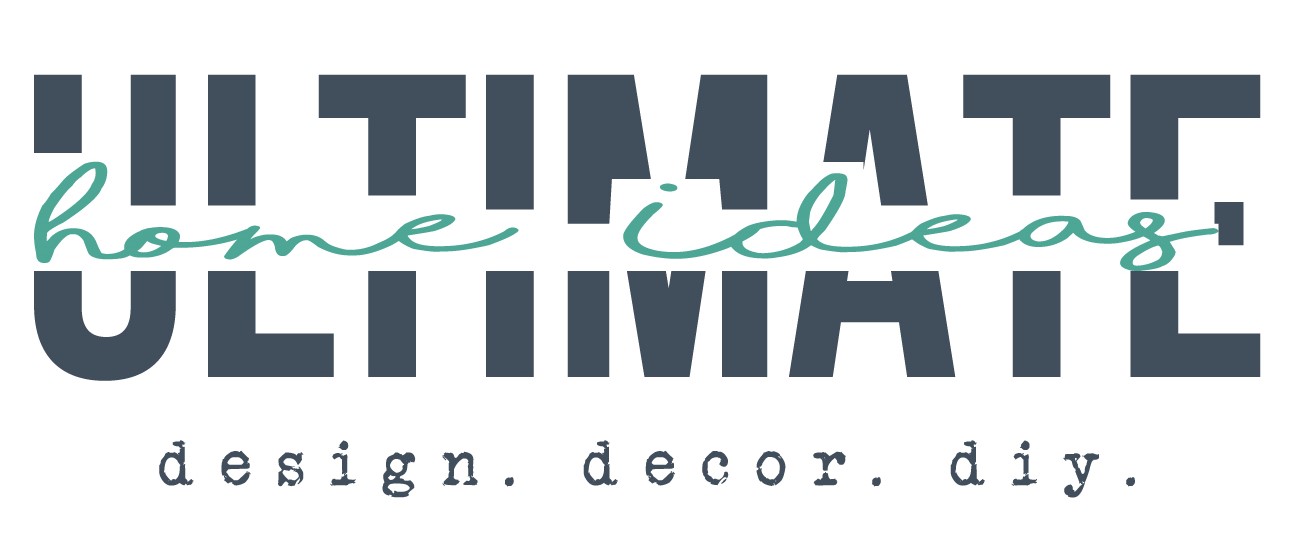




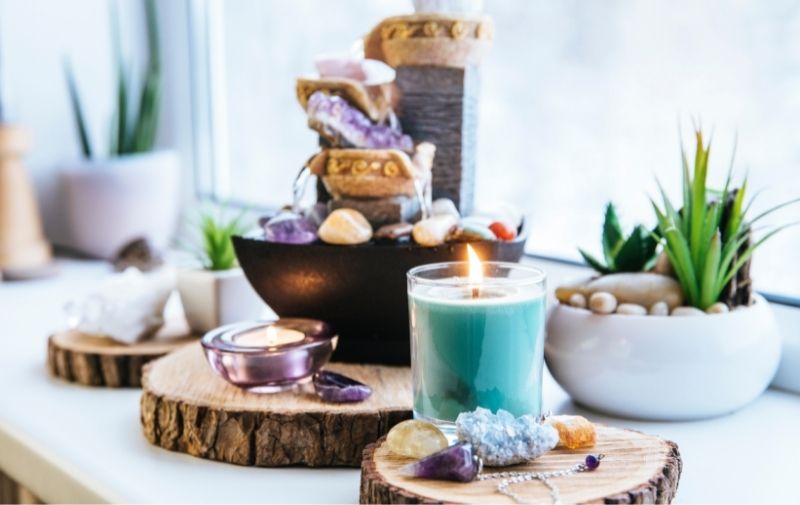



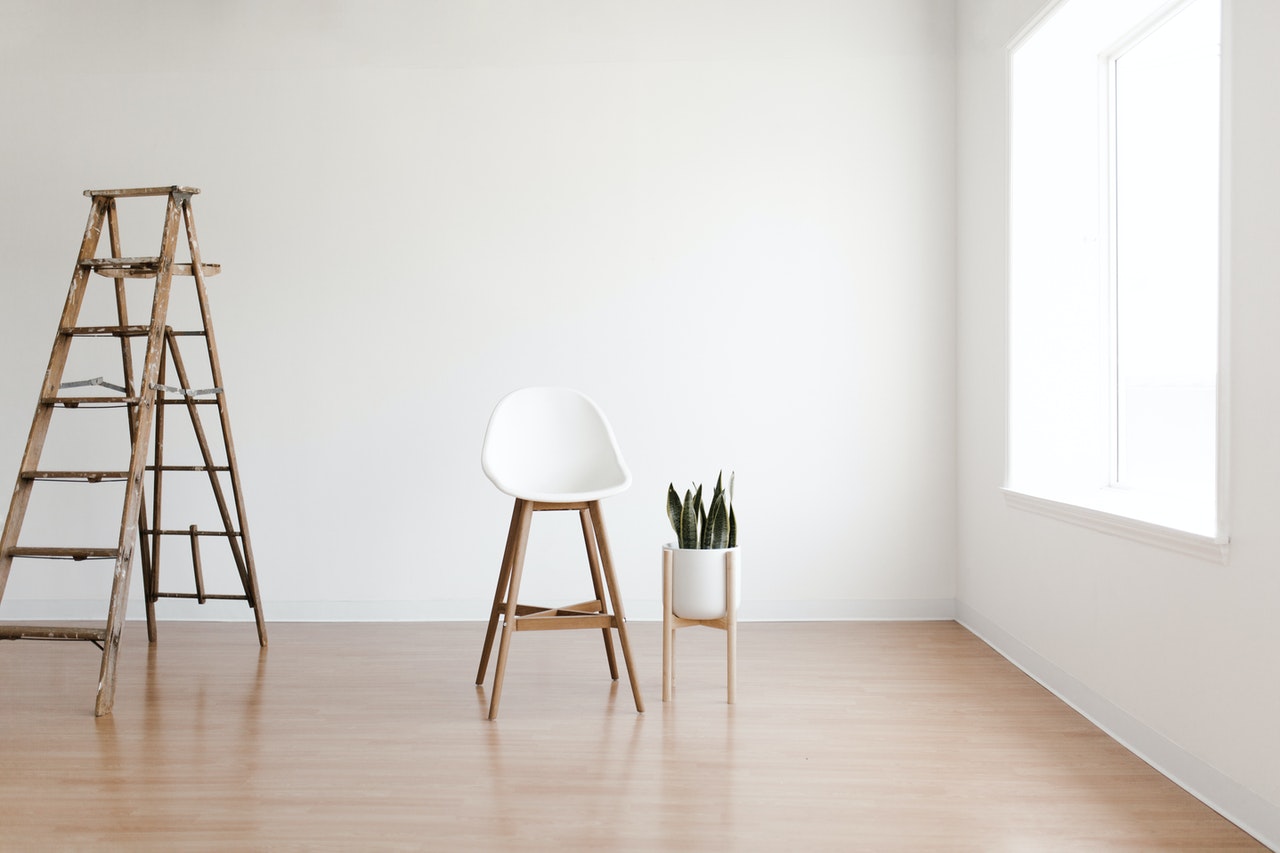

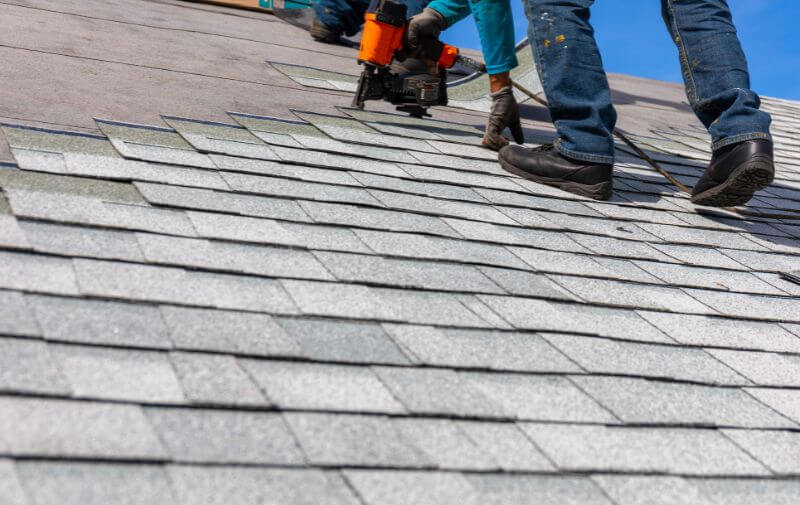
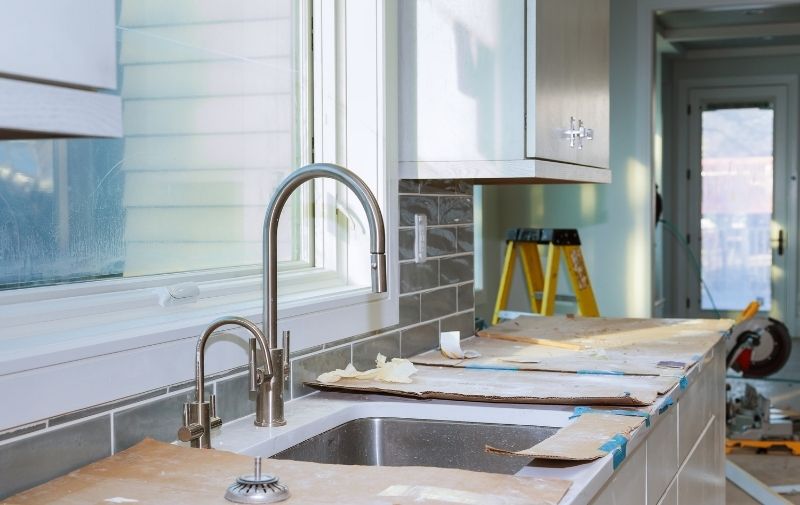

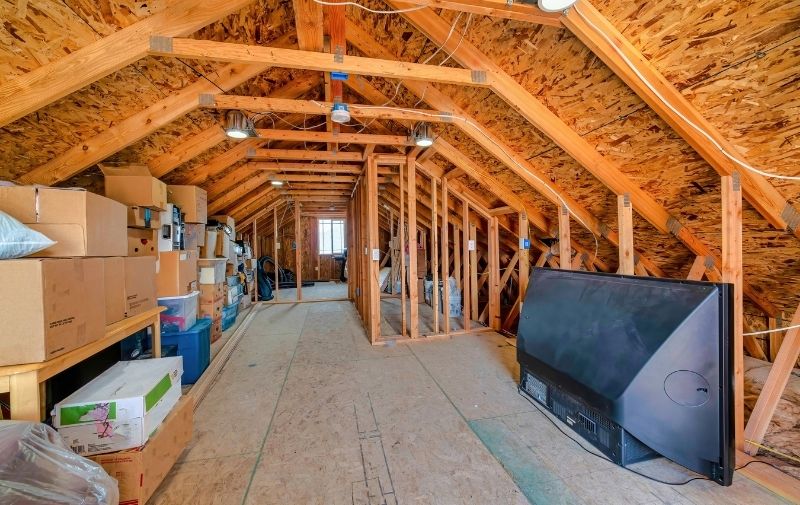
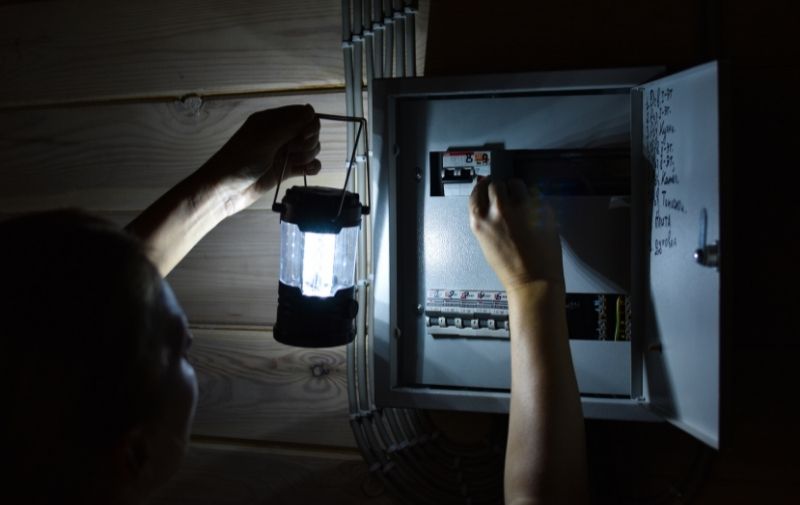
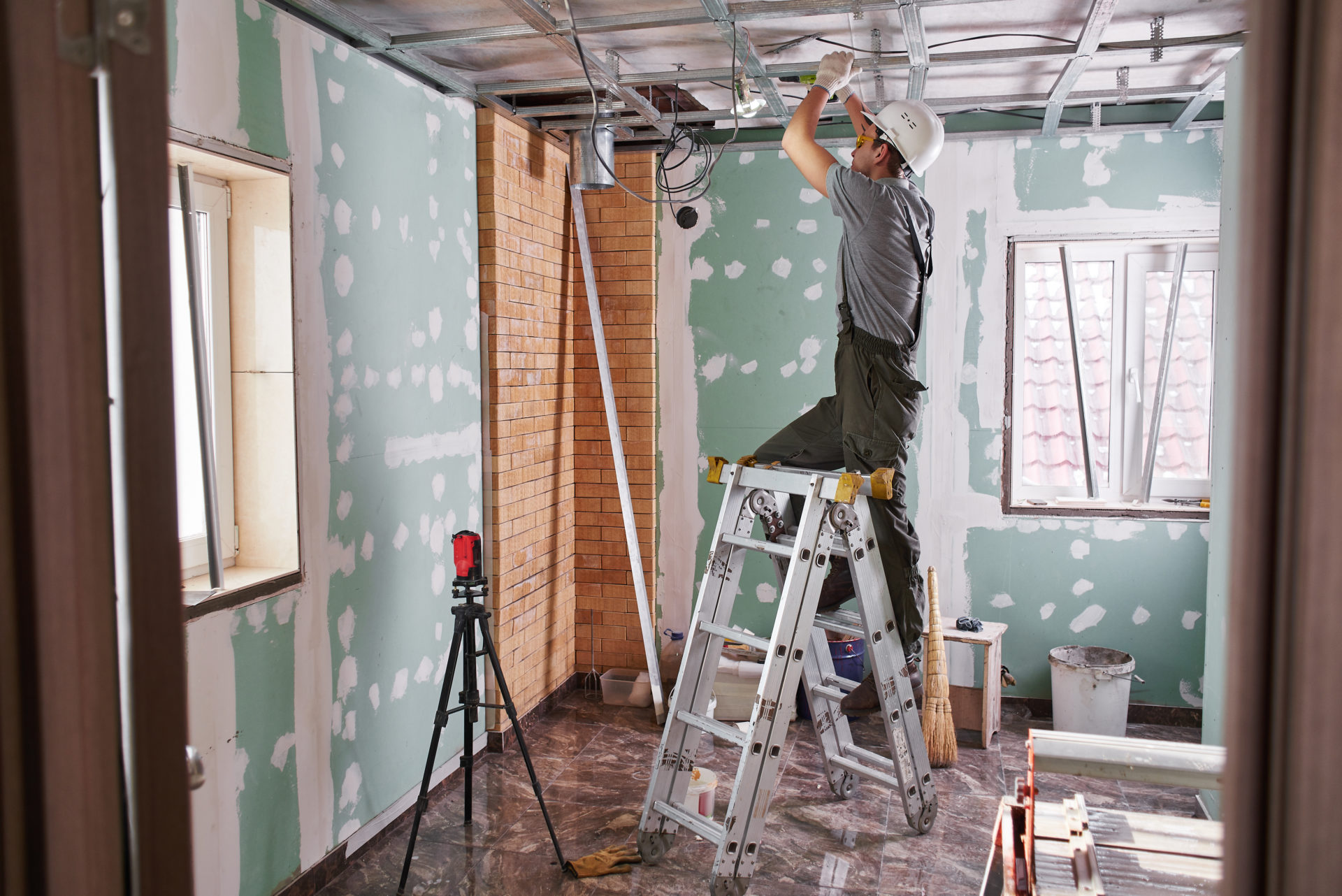



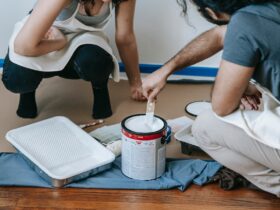

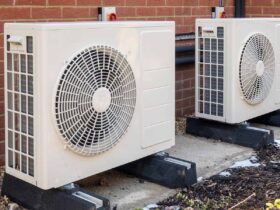
Leave a Reply